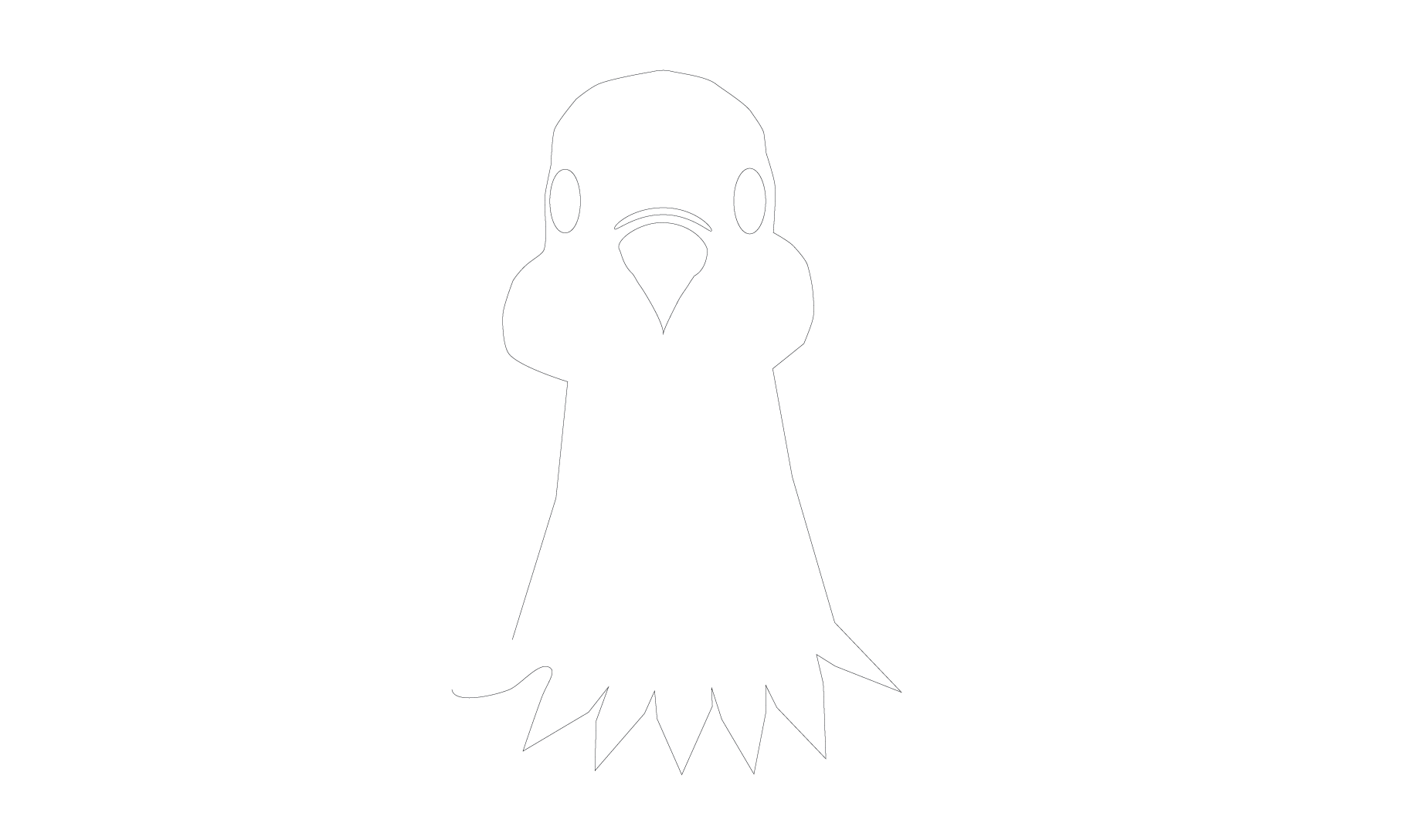Insider's Guide to Venezia
About:
Abstract
Since its onset, Venice has always occupied a unique position - in history, in commerce, and in culture. Caught on the edges of many worlds, Venice has always taken bits and pieces of other civilizations to create and cultivate its own unique identity.
This installation aims to confuse, to blur, and to elaborate upon Venice’s many - sometimes - conflicting identities. As both a citizen of the United States and Veneto, Italy, I feel myself caught distinctly between these identities, confronting Venice as both a visitor and a citizen. My work draws on the Venetian tradition of creating an immediate visual effect while also establishing several overlapping and sometimes contradicting meanings.
The high altar draws inspiration from Venice’s rich religious and artistic history, the book The Insider’s Guide to Venezia seeks to capture the many ways that I perceive the city, and lastly a large set of pigeon sculptures pays homage to some of the most noticeable residents of contemporary Venice.
About:
Altarpiece
About:
Insider's Guide to Venezia
About:
Installation
About:
Thesis
Venice is a loaded city in terms of both cultural and symbolic significance. It seems to constantly vacillate between kitsch and authentic, pious and profane, welcoming and rejecting, and real and surreal. These are spaces that all cities must grapple with, but Venice provides a powerful case study in these dynamics.
While many a tourist – and local – often lament about the lack of a “real Venice,” what defines contemporary Venice is still rooted in Venetian history and spirit. Since its onset, Venice – and the Venetian “Republic” has always had a mercantile, entrepreneurial, and show-offy attitude. A Venetian professor said it best when they likened Venice “for better or worse, to a pirate mentality.”
These characteristics can be seen throughout the Serenissima’s history. Whether it is puffing up the story of St.Mark, opportunistically sacking Constantinople, accidentally becoming a maritime power, and then saving itself from the brink of destruction and finding economic strength in the production of culture and tourism up through the present day, Venice has kept its sense of self. Yet the same Venice can be seen in a different light; as a city that lives off of past glory and has abandoned its identity as a cultural and economic leader, a dying city, with sinking buildings and calli, and a dwindling number of residents, soon to only be inhabited by immigrants searching for service jobs, tourists looking to relive the past, students who only study in Venice to leave it upon graduating, and fashionable old ladies walking their dogs and carrying bags of supermarket discount produce. What and who defines the city now?
This installation draws upon my experience as a dual citizen of both the United States and Veneto, Italy as well as Venetian traditions to create an immediate aesthetic impact while conveying several overlapping and contradictory meanings that confuse, blur, and elaborate upon the multiple identities of the place. The installation has several perspectives and focal points set within a space that mixes the mundane home and sacred church. These points include a High Altar, a book titled The Insider’s Guide to Venezia, and a series of pigeon sculptures. While each work stands on its own, together, they interact with and refer to each other as well as Venetian history and culture. This interweaving and layering allows the person experience the work to form a new reality created from their pre-conceived ideas of Venice confronted with the new real and surreal imagery and information provided. This work does not aim to preach a gospel truth, but rather to have viewers acknowledge their own preconceptions, to question them, and to grow from the experience.
Recent Projects
Immigrant and Origin Story Mural Project
The Heights, Lupoli - Public Art and Placemaking Consulting
Boynton Yards
Managing the Italian Contemporary Art Gallery
Venice on My Mind - Show at the Italian Contemporary Art Gallery
NH-- Coming soon!
Recent Posts
Exposing New Realities: Immersive, Participatory Art, Games & Storytelling at the 2017 Northampton Film Festival
Music, Movement, and Merry-Making: Public Art with Elisa Hamilton
IT'S MY BIRTHDAY - AND I'VE GOT A PRESENT FOR YOU! :D
From Walls to Wheels: Art, Art, Everywhere! Cedric Douglas and The Up Truck
Lasers, Latitudes, and Languages: Stephanie Benenson of Harbor Voices
Alexander Golob Makes Mural "Divergent Paths" In Westwood
